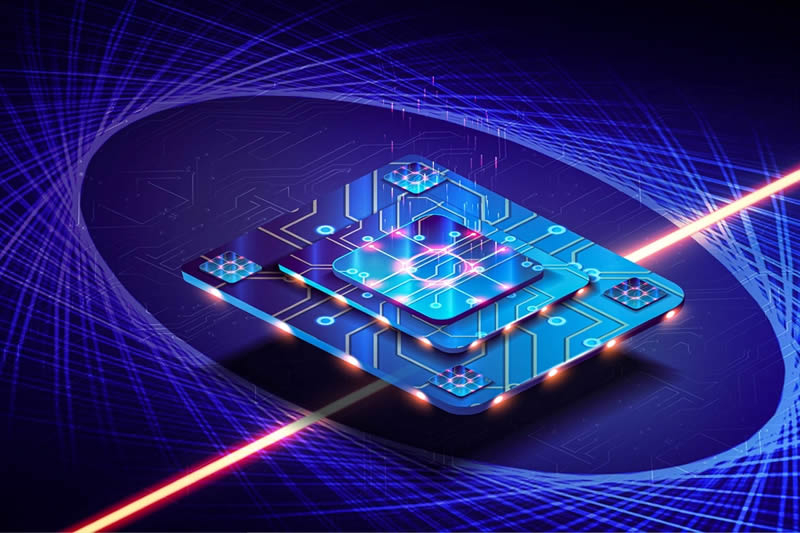Researchers at the Massachusetts Institute of Technology (MIT) have developed a new type of 3D transistor that can operate at significantly lower electrical voltage than traditional silicon solutions. The technology is based on the use of ultra-thin semiconductor materials and may in the future become the basis for the production of more powerful and economical electronics – from smartphones to cars.

Image source: mit.edu
Silicon transistors, used to amplify and switch signals, are a critical component of most electronic devices used in both home and industrial applications. However, the development of silicon semiconductor technology is constrained by the laws of physics, which do not allow transistors to operate below a certain voltage, scientists explain.
This limitation, known as the “tyranny of Boltzmann,” makes it difficult to improve the energy efficiency of computers and other electronic devices, especially as artificial intelligence technologies rapidly evolve and require large computations.
In an effort to overcome this fundamental limit of silicon, researchers at MIT have developed a new type of 3D transistor using a unique set of ultra-thin semiconductor materials. These devices, equipped with vertical nanowires just a few nanometers wide, can provide performance comparable to modern silicon transistors while operating efficiently at much lower voltage levels.
The technology uses the properties of quantum mechanics, and the extremely small size of transistors will allow them to be placed on a computer chip in larger quantities, which, in turn, will lead to the creation of fast, powerful and energy-efficient electronics. “This technology has the potential to replace silicon, so it can be used for all the functions that silicon currently has, but with much greater energy efficiency,” said Yanjie Shao, an MIT researcher and lead author of the paper.
According to another author of this work, Professor Jesús del Alamo, it is impossible to advance beyond a certain level using traditional physics, but Yanjie Shao’s work shows that it is quite possible to achieve more, but this requires using different physics. “Of course, there are still many challenges to overcome to make this approach commercially viable in the future, but conceptually this is truly a breakthrough,” he added.